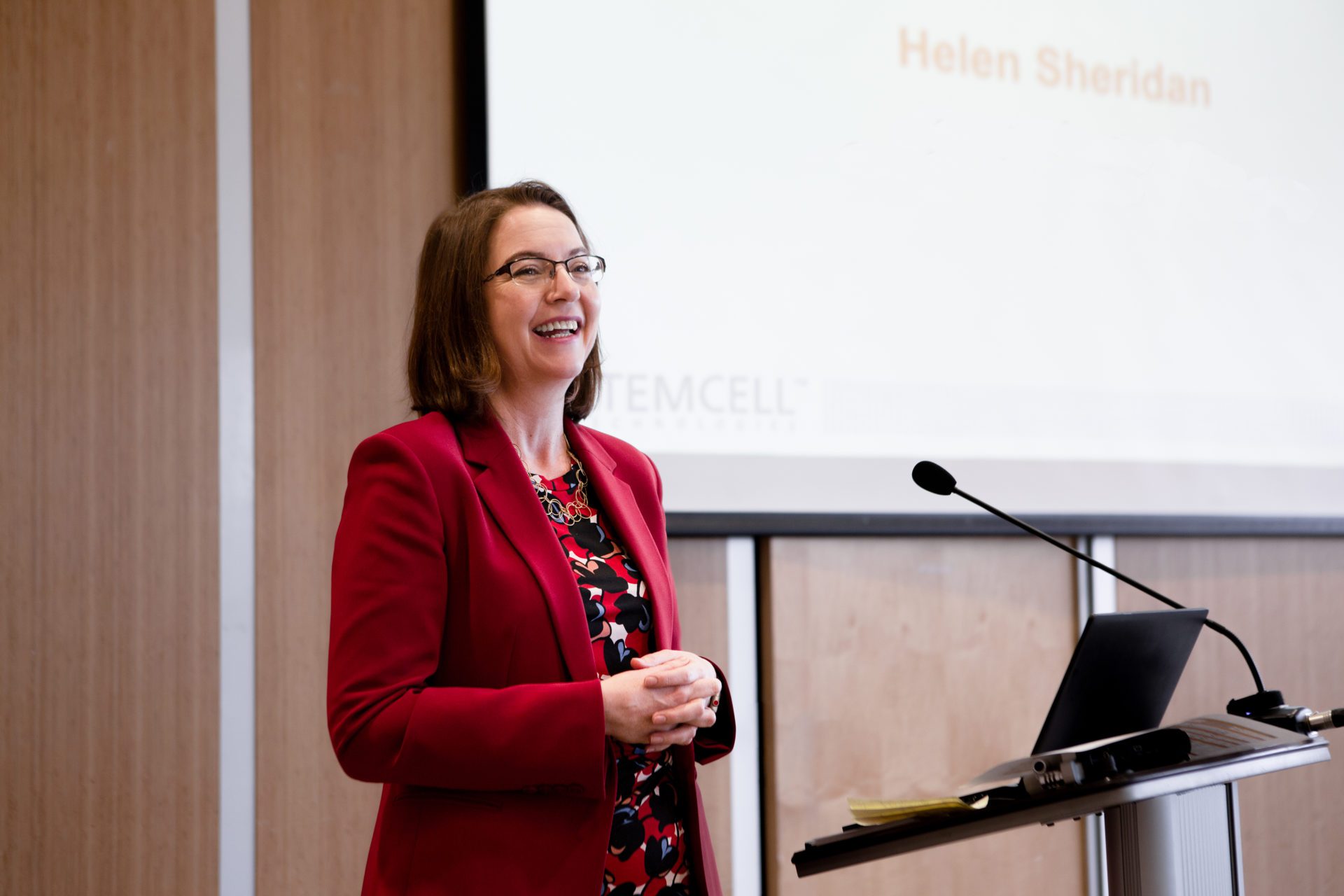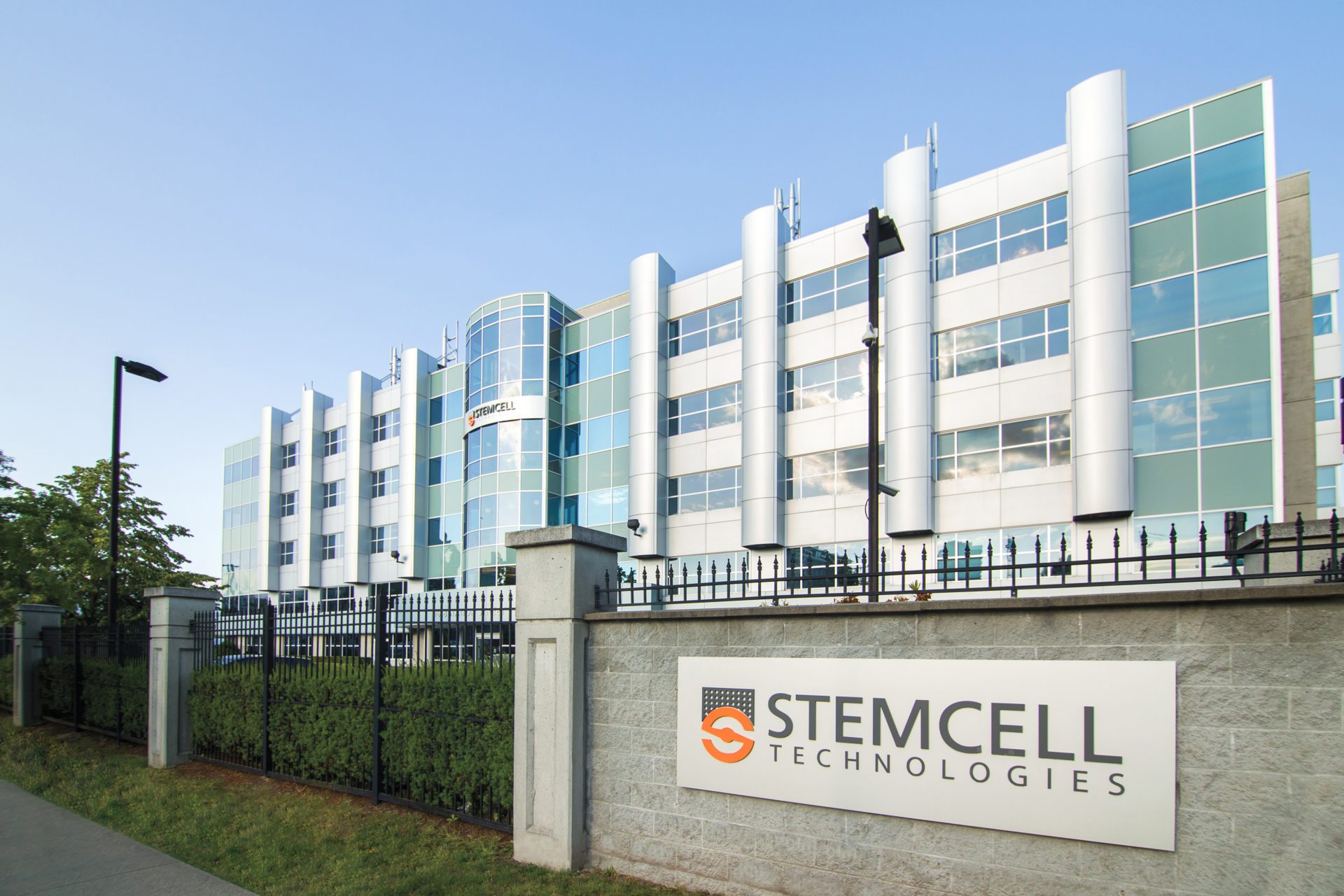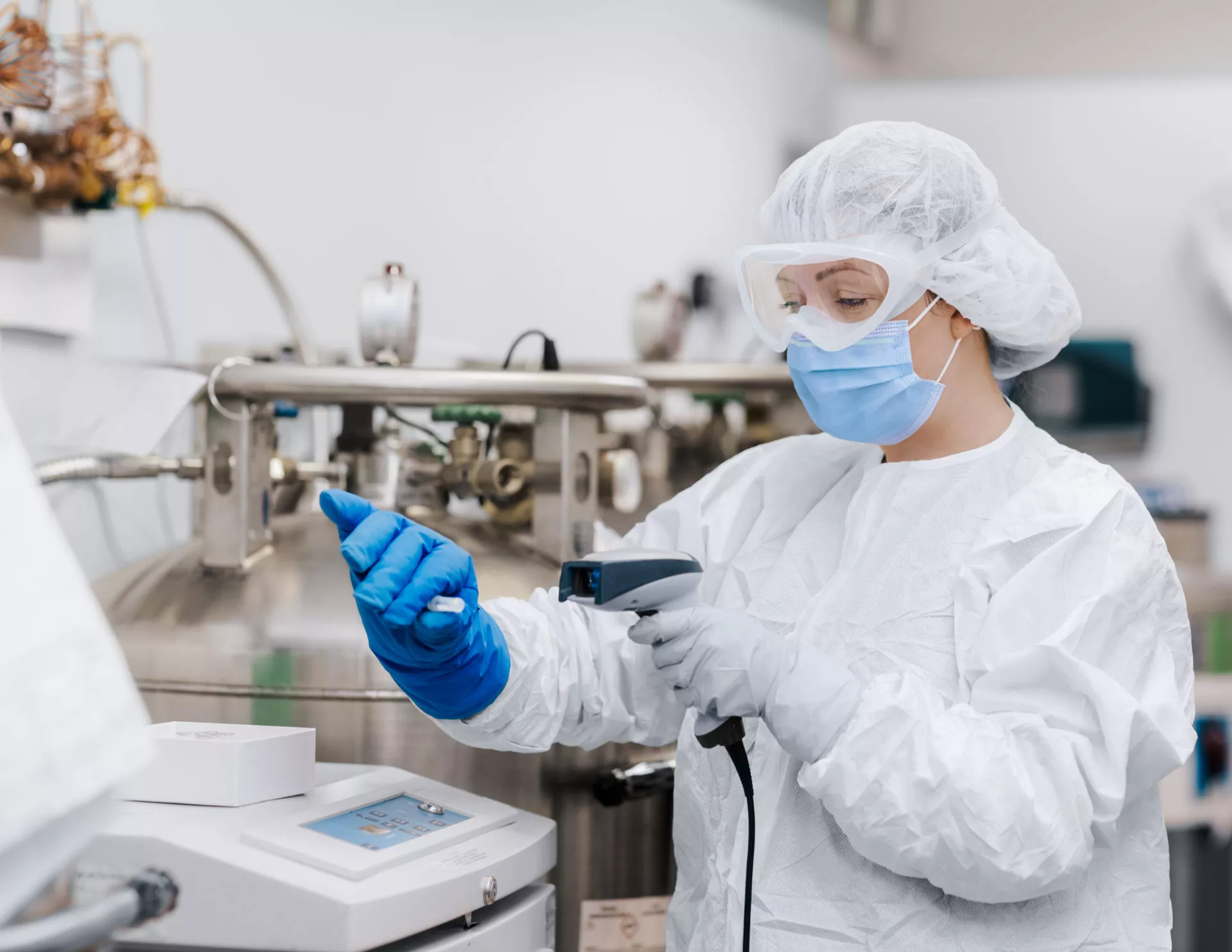Raising the Bar: An Interview with Helen Sheridan of STEMCELL Technologies
Back to Posts
Helen Sheridan of STEMCELL Technologies
Founded in 1993 by Dr. Allen Eaves, STEMCELL Technologies has quickly grown to become Canada’s largest biotechnology company. It now has more than 2,000 employees, of which over 1,500 work in Canada.
Their product line has expanded as well – from MethoCult™, Eaves’ standardized cell culture medium for growing hematopoietic stem cells – to specialized cell culture and cell separation technologies and services used in stem cell, immunology, cancer, regenerative medicine, and cellular therapy research.
What hasn’t changed is STEMCELL Technologies’ dedication to improving lives through advanced knowledge and scientific discovery and their commitment to moving the dial forward for diversity, equity and inclusion.
We sat down with Helen Sheridan, Chief Human Resources Officer at STEMCELL Technologies, for an intimate conversation about her journey into HR and how she has been fostering a work culture with deep roots in sustainability, community and social responsibility.

To start, it would be great to learn more about you. Can you share how you ended up on your pathway and what your journey to your current position at STEMCELL Technologies has been like?
I did my original undergraduate degree in political science with a minor in women’s studies. While at my first employer, there was a high-profile wrongful dismissal case brought against the company, and one of the resulting recommendations was the initiation of an HR department.
I was working as a research assistant at the time, while also working overnight shifts as a frontline counsellor at a transition house for women coming out of abusive relationships. The President and CEO knew about the work I was doing on the side and asked me to join HR.
I didn’t know anything about HR, but because I really didn’t enjoy the job I was in, I decided to give it a shot. An experienced HR manager was hired, and I became their supporting person. I mostly worked on recruiting during this period of time.
That was the beginning of a very long journey. Very soon after, I applied for a job as a recruiter at a little technology company that back then was called Crystal Computer Services. It became Crystal Decisions which was eventually acquired by SAP.
During the time that I worked there, and due to its explosive growth, I very quickly moved through being the HR Manager, then the HR Director, and then the head of Global HR. I was employee number 49, and we grew to over 2,500 within six years. I had no choice but to learn a lot very quickly as I grew a team around me!
By the time I was 26, I had 35 people or so on my team, who were stationed across the world and therefore represented many cultures, ages and experiences. I had never really been managed, much less been trained on how to manage other people. I wasn’t as good at managing all those diverse perspectives as I wanted to be and so, I also became a student of leadership. I got really interested in the fields of management, leadership, high-performance teams, profitable business growth, culture and building communities.
I developed a passion for creating workplaces where people can show up and be their best selves. I saw firsthand the personal and business value when individuals from all backgrounds and experiences bring their diverse and inclusive perspectives and lived experiences to work. I felt the excitement and growth those perspectives brought to me, and to the business we were in at the time.
Throughout my career since then, I have helped to design and mature workplaces where people are highly valued, and consequently work in psychologically safe environments where innovation and high-performance growth are the end results.
I have always chosen to work with leaders who know that harnessing these things ultimately delivers higher-quality innovations and performance results for their businesses and thus I joined STEMCELL seven years ago. Our CEO, Dr. Allen Eaves, has an incredible vision and a 30-year business track record of delivering on all of these things (plus many more years as a physician, scientist and leader ahead of that). Our entire executive team shares common values around people, equality, sustainability, corporate social responsibility, diversity, innovation and growth.

What would be your best piece of advice for getting into DEI (diversity, equity and inclusion)?
Right now, there are a lot of companies that are talking about DEI. Research shows that change is happening at a snail’s pace. So personally, I think that working for a company and a leadership team that already lives its values around DEI is the most important thing if you want to work in this field and feel like you’re actually making a difference.
Secondly, it’s about being really thoughtful about how you and your company should be showing up in this space. Are you looking for performative social media coverage, or are you really looking to change behaviours, conversations and outcomes inside your own span of control?
Is it true that STEMCELL Technologies has the highest rate of women working in an advanced manufacturing company in Canada?
The average is 34 per cent according to Biotalent’s recent Labour Market report, and we’re at 58 per cent overall, and 45 per cent of our senior leadership identify as female.
Why did you start up a DEI program in an organization that already views itself as diverse and inclusive?
We were already diverse, and we wanted to find a way to keep ourselves accountable as we grew. As a company founded in science, we are all about data, truth and honesty, and so by being transparent, we can see our progress and challenge ourselves to act differently when required. We can ‘inspect what we inspect’ and ensure that we are meeting our diversity and inclusion goals.
You’re looking at the whole pipeline.
Yes, and we intend to do even more of that.
What would you say is an example of a way that other companies can get more inclusive and find more diverse hires?
There are a lot of helpful tools out there. We use a language tool that checks for gender-neutral language in our job ads. We use Google Analytics to see the gender representation of people looking at our career site to ensure our site and job ads are hitting the mark. There are special interest recruitment sites to attract more diverse talent pools. Finally, and probably most importantly, if you want diverse hires, you need a diverse interview panel.
SCWIST recently held an event where a STEMCELL Technologies employee spoke on employee resource groups (ERGs). Could you tell us about STEMCELL Technologies’ experience with launching ERGs?
They’re still in the early stages. We put a call-to-action out and have sponsored six groups who are working together as we speak. It has been really positive so far, and it’s rewarding to see those conversations going on in our business around issues that are meaningful to women, LGBTQ2S+, BIPOC, Indigenous, and differently-abled staff alongside greater support for mental health initiatives.
These groups provide safe spaces for our equity-deserving staff and their allies and enable us all to increase our mutual understanding of one another and to have any conversations that we’re not having in order to become an even more inclusive workplace every single day.
Want to learn more about STEMCELL Technologies and their groundbreaking work? You can visit their website or follow them on Facebook, Twitter, LinkedIn or Instagram.
Keep in Touch
- Stay up to date with all the latest SCWIST news and events by connecting with us on LinkedIn, Facebook, Instagram and X, or by subscribing to our newsletter.